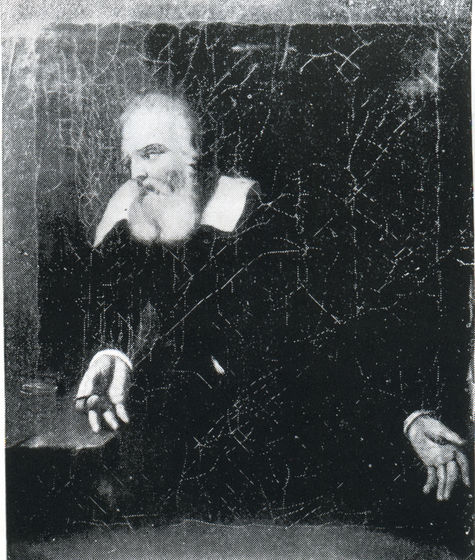Did Galileo Galilei really say, 'The Earth is still spinning?'

by Wikimedia Commons
Italian astronomer Galileo Galilei, but we left a lot of writing about the operation and physics of celestial bodies, the equally famous and its achievements '
Did Galileo Truly Say, 'And Yet It Moves'? A Modern Detective Story-Scientific American Blog Network
https://blogs.scientificamerican.com/observations/did-galileo-truly-say-and-yet-it-moves-a-modern-detective-story/
We now have more evidence that Galileo likely never said “And yet it moves” | Ars Technica
https://arstechnica.com/science/2020/05/we-now-have-more-evidence-that-galileo-likely-never-said-and-yet-it-moves/
It is said that Galileo said 'E pur si muove' (meaning 'it still works' in Italian) at a court of religious trial held in 1633. Galileo's advocacy of the Copernican theory is common sense nowadays, but it was considered heresy in Europe when Ptolemaic theory was the mainstream, and Galileo was subjected to a Catholic Inquisition for contradiction to the teachings of the Church. ..
The earliest document that mentions Galileo's religious trial is the biography of Galileo's disciple mathematician Vincenzo Viviani between 1655 and 1656. However, the word 'E pur si muove' does not appear in this biography.
According to Livio, the word 'E pur si muove' was first taken up by the book 'Italian Library' published by a literary critic named Giuseppe Baretti in 1757, more than 100 years after Galileo's death. That. Although many books have taken up Galileo's famous phrases since the release of the book, Mr. Ribio pays particular attention to paintings, not books.
This painting is said to depict the appearance of Galileo, who was convicted at the trial and imprisoned, but the details are almost indistinguishable due to severe deterioration. However, there is a record that Galileo used to clearly depict the celestial map carved on the wall with nails and the word 'E pur si muove' dug below it.

by Wikimedia Commons
This painting was originally said to have been drawn by the Spanish painter
However, when Ribio searched the whereabouts of this painting over the course of a year, he found that the painting was sold to a private collector in 2007. Also, the auction house that auctioned the paintings identified the painting's age as the 19th century. If this is the case, it is possible that the 17th century painting, which is said to have conveyed the word 'E pur si muove' to the present, was actually drawn after the phrase 'E pur si muove' was established. It will be high.
We have to wait for the final examination result by the art historian as to what era the painting is, but Mr. Ribio expects that it was drawn in the middle of the 18th century, `` E pur He thinks that the famous phrase 'si muove' is also a legend born at this time.
Also, the Stedelijk Museum in Belgium has a painting called 'Galileo in Prison' that is very similar to the above painting, but this painting was drawn by 19th century painter Eugene van Maldeghem . The origin is clear.
My article on the origins of Galileo's motto 'And Yet It Moves' now appears @sciam with the original Van Maldeghem painting: https://t.co/wQW5iOCvX3 pic.twitter.com/ST6dDQGADZ
— Mario Livio (@Mario_Livio) May 13, 2020
The word 'E pur si muove' is clearly depicted in 'Galileo in prison.'
.jpg)
by Gerald Delvaux
'There are virtually two paintings of Galileo in prison, one claimed to have been drawn in 1643 or 1645, and the other in the museum in 1904 or 1905.' However, given the similarities between the two paintings, Van Maldeghem copied the original painting, or conversely someone in the late 19th or early 20th century copied Van Maldeghem's painting. The first painting with the words 'E pur si muove' was not from the 17th century.
In an article contributed to the American scientific journal Scientific American, Mr. Libio said, 'Even if Galileo didn't say,' The Earth is still spinning, 'even provable facts would attack science denialists. In such an era, there must be connotations, and Galileo's legendary intellectual rebellion is more important than ever. '
Related Posts:







